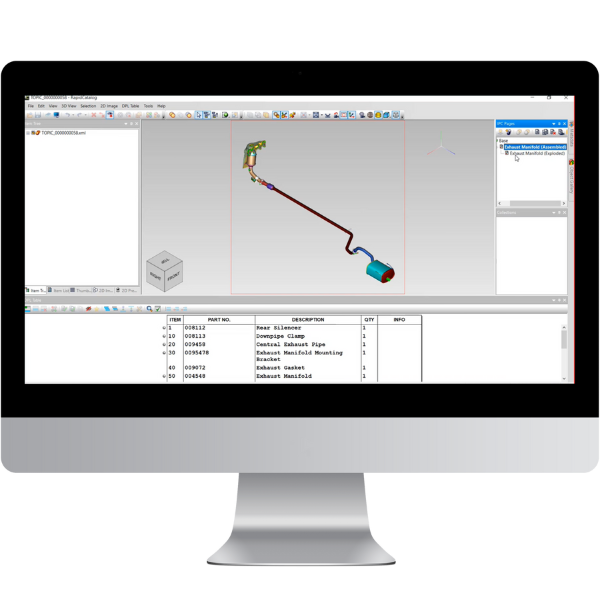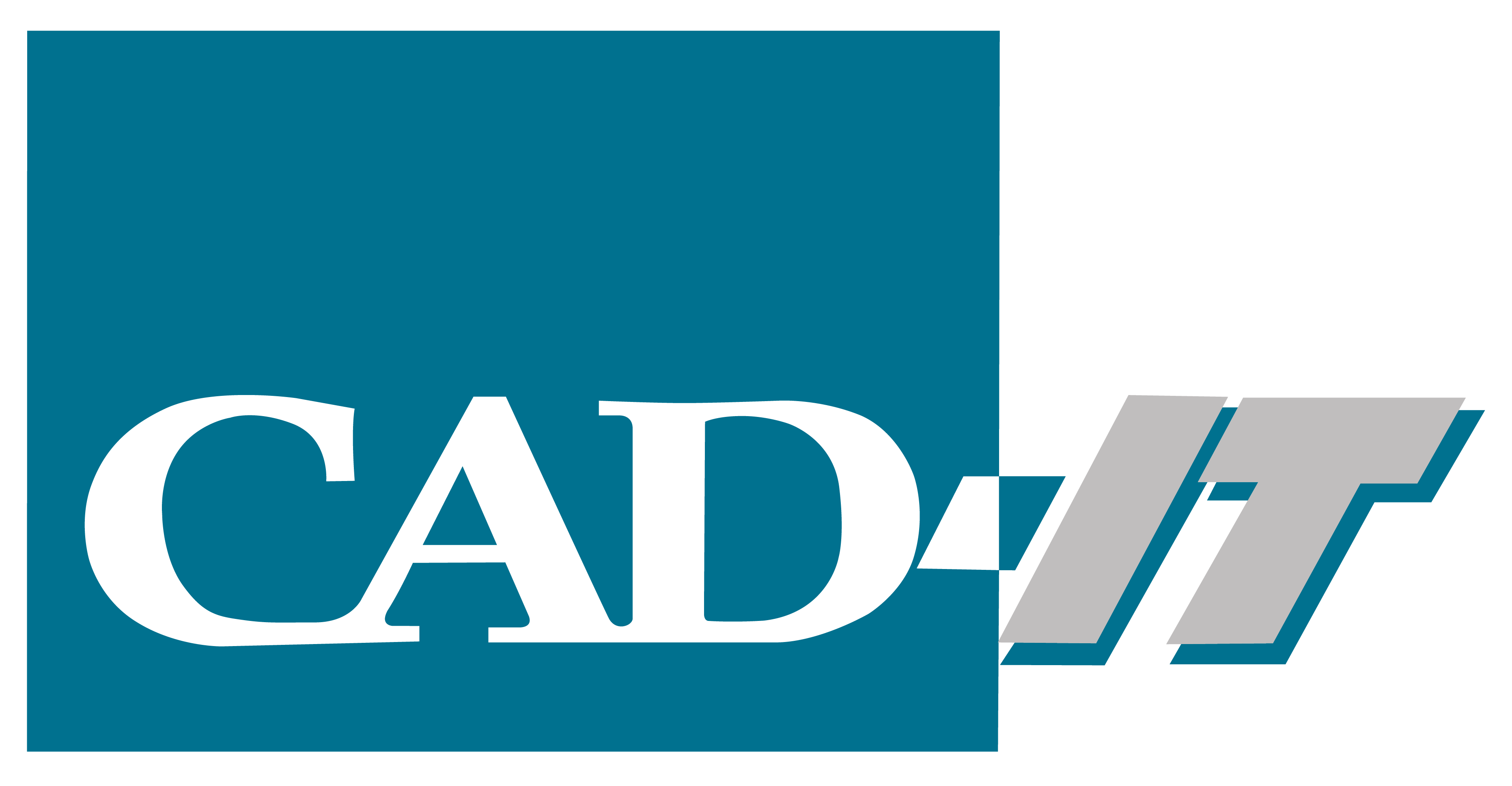
The Hidden Costs of Outdated Technical Documentation
This short article will delve into the importance of technical documentation—don’t click away just yet. We will also explore how improving your tech docs can lead to increased aftersales revenue.
Surprisingly, even some of the largest organisations still rely on outdated technology to create, manage, and maintain their technical documentation for products and assets. We’re talking about large, complex, and antiquated documentation systems that demand constant review and updates to ensure data, drawings, and instructions remain relevant and accurate. Plus, there’s the extensive information that needs to be reviewed, updated, archived, or even deleted.
The Documentation Debt:
Neglecting outdated systems and documentation incurs several costs:
- Financial Implications
- Operational Inefficiencies
- Reputational Damage
- Competitive Disadvantage
Why Technical Documentation is Often Overlooked
But why do so many companies treat technical documentation as an afterthought? It often seems overwhelming to update legacy systems, and there are costs associated with digital transformation. While this can be true, significant cost savings can be achieved by improving your technical documentation.
Reviewing your technical documentation process presents one of the biggest opportunities for business improvement, especially given the substantial expenses related to service.
The Aftermarket Opportunity
Building a robust aftermarket offering starts with accurate and up-to-date technical documentation. Whether you’re aiming to enhance user experience, deliver excellent maintenance, service, and repairs, or impress with future updates and upgrades, getting the basics right is crucial.
Margins for aftermarket services are typically at least double those of new unit sales and can be up to ten times higher for companies with aggressive models (Source: McKinsey 2023). Companies that rush into sophisticated aftermarket services without addressing the fundamentals will only see underutilised value and inadequate returns on significant investments.
Leveraging 3D Technical Publications for Better Efficiency
Effective product documentation for complex equipment hinges on integrated 3D Technical Publications, which facilitate intuitive knowledge transfer, boost efficiency, reduce costs, and enhance the overall user experience.
We recommend Cortona3D RapidAuthor and its powerful, cost-effective authoring suite as the perfect solution for producing support documentation such as interactive parts catalogues, maintenance manuals, training materials, work instructions, and more. Businesses can easily reuse their existing CAD data or other 3D source material to create interactive 3D illustrations, allowing users to navigate an intuitive interface to better understand complex instructions and procedures in a step-by-step manner.

Furthermore, the RapidAuthor integration for Teamcenter can link content components to product source material, ensuring that your technical documentation is always accurate, complete, and up-to-date.
Technology is only part of the story. It’s also crucial to consider how to transition from outdated systems to a new way of working with minimal downtime to your day-to-day operations.
The ideal scenario is to start from the beginning. By involving design for service and service planning early in the product lifecycle development, businesses can achieve greater service excellence and, in turn, increased uptime and profitability.
However, we know this isn’t always possible. Don’t worry—we’ve helped businesses with even the most established processes achieve best-in-class technical documentation.
You can learn more about digitalised technical content solutions, RapidAuthor, RapidAuthor for Teamcenter, and our Technical Documentation Outsourcing services here.
Alternatively, contact us via info@cadituk.com to discuss your specific challenges around technical documentation.

